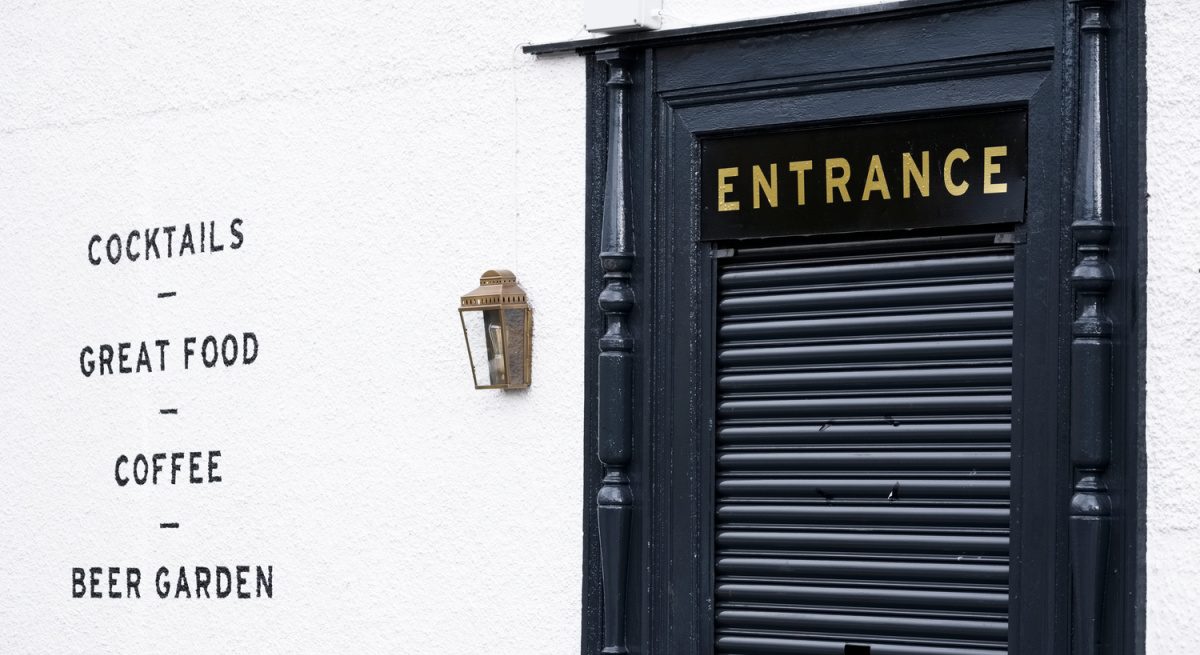Outside the Four Walls: A Sudden Shift in Behavior
3 Min Read By Rob Tedesco
In February of 2020, the restaurant industry was on a long, slow march toward digital sales growth. As a percentage of overall sales, digital averaged around five percent. Some leaders, including brands like Wingstop, Chipotle, Starbucks, and others, as a result of early investments in the digital customer experience, were already experiencing well-above-average digital sales numbers, and were much better prepared for what came next.
In March of 2020, the world changed.
Suddenly, the ability to engage customers digitally – to take orders via apps and websites, to fulfill orders via delivery and curbside pickup, all occurring “outside the four walls” – became existential. Restaurant brands, from the largest Quick Service Restaurants (QSRs) to the smallest neighborhood fine dining experiences, were caught in varying degrees of flat footedness. Everyorder now needed to come from sales channels that yesterday represented only a modest portion of sales. A technical, operational, and marketing transformation needed to happen, and it couldn’t happen fast enough.
Throughout the remainder of 2020 and into 2021, the majority of restaurant brands spent most of their energy adapting to a channel switch. Something happened along the way, though. Inspired by the category leaders and guided by their technology and agency partners, brands realized that this wasn’t just about capturing a sudden change in consumer preference. It was about unlocking an entirely new way of engaging with their guests. It was about a growth engine.
Customer Engagement, Redefined
It used to be that winning on customer engagement hinged mostly on hiring the right restaurant staff members and training them to deliver great service. While investments in people remain critical, it’s no longer exclusively up to team members to fulfill a brand’s promise of service excellence.
With digital engagement channels, including mobile apps, websites, and the marketing communications tools that often complement them (emails, push notifications, etc.), the guest relationship can be deepened, even if the interactions aren’t always face-to-face. Staff members might not remember an individual guest’s favorite menu item, but with a mobile app, ordering a perfectly customized favorite is a single tap away. Push notification or email campaigns targeting “known” digital guests can emphasize a brand’s voice in more personally and contextually relevant ways than possible in mass media. And product recommendations can be tailored based on algorithms that examine each guest’s order history – a great way of growing guest satisfaction and check values.
Getting the right messages and product choices in front of consumers at the right time can be an evolutionary leap forward, but the value of digital ordering hinges on the convenience of getting the food itself to guests at the right time. The share of digital orders fulfilled via delivery is expected to rise to 23 percent by 2025, and most guests prefer ordering from brand-owned websites and apps (as opposed to third-party marketplaces). This means that brands need to fulfil orders whether guests prefer takeout, delivery, drive-thru, or curbside pickup, and many have started implementing technologies like geofencing to ensure that handoffs can be timely and seamless for both guests and operational staff.
The Real Treasure: Customer Data
Before the pandemic, the fastest way for restaurant brands to extend their digital reach was to list their menus on third-party marketplaces like Door Dash and Uber Eats. This came at the cost of hefty commissions, and more profoundly, made it difficult for brands to have direct relationships with their consumers.
By evolving the capabilities of their direct-to-consumer apps and websites, brands not only engage with their guests in ways that guests prefer, but also build a treasure trove of customer data. The result is a synergistic effect, like a flywheel: the more business brands do online, the more customer data they capture, which enables them to do even more business online. “Knowing your customer” has gone beyond the limits of any one manager, owner, or staff member, and with technologies for loyalty and personalized marketing that are integrated with brand-direct ordering properties, brands are now getting smarter all the time about the habits of their guests.
The results are profound. Checks are higher because recommendations and upsells are both consistent and data driven. Guests are happier because they can get what they want faster. And marketers are able to direct increased resources toward higher-ROI activities that focus on smaller and better-known audiences.
For restaurants, the transition to a digital-first mindset hasn’t been easy, and it’s far from complete. But there’s something for everyone in this transformation, and even though the majority of the experience now happens outside the four walls, the connections between restaurant brands and their guests have the potential to be deeper than they ever were before.


